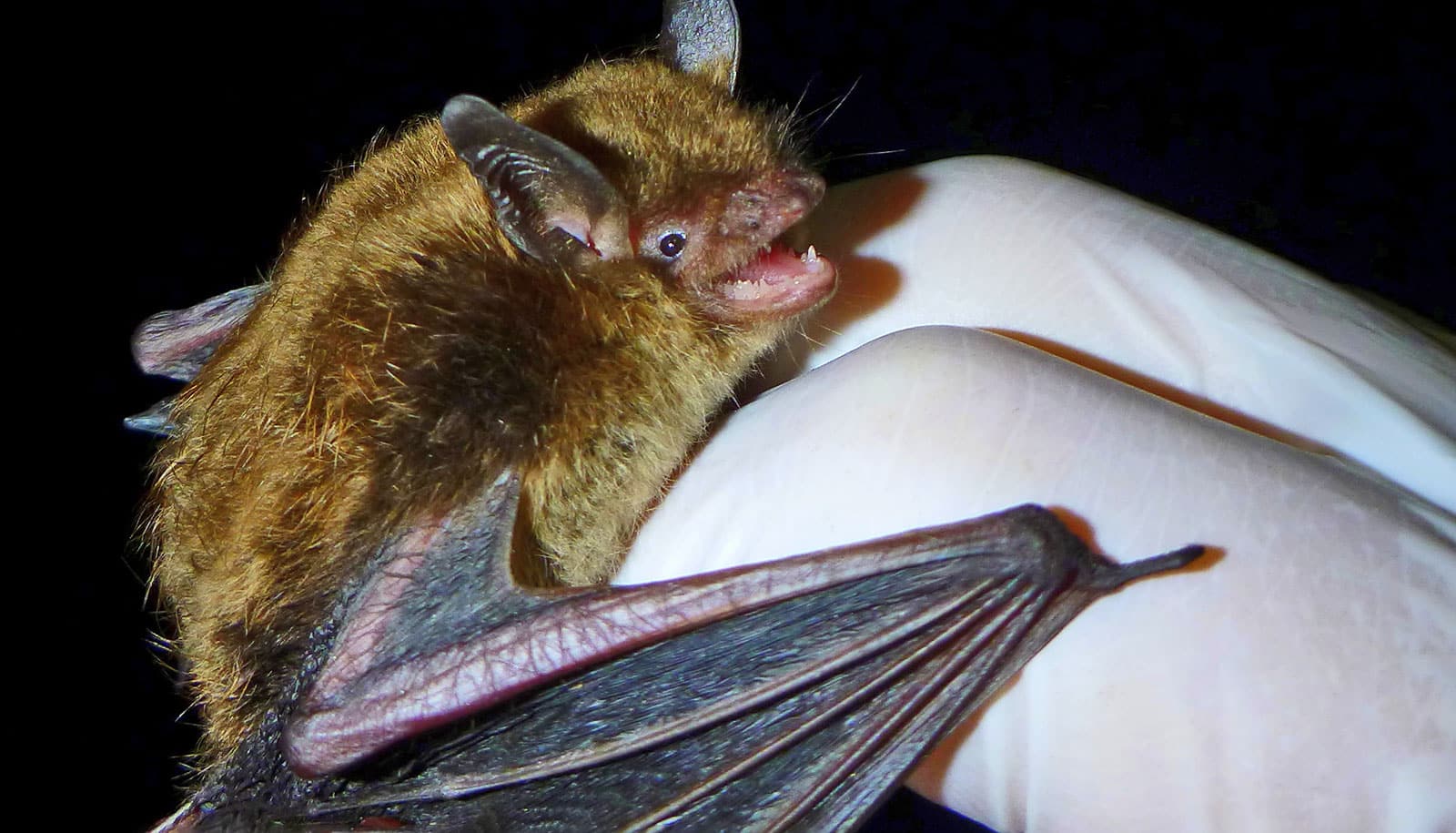New research reveals how a so-called “super tumor suppressor gene” known as p53 prevents cancer.
In our bodies, we all have genes working hard to prevent cancer. If they don’t do their job properly, rogue cells can mutate and develop into the life-threatening disease.
The malfunction of p53 causes at least half of all cancers. When it works, p53 regulates how a cell reacts to various stresses and can instruct a rogue cell to die or stop multiplying.
Researchers have known about the significance of p53 in protecting us from cancer for about 30 years, but until now no one has explained how it prevents cancer development.
Now, scientists have discovered that a special group of genes that function in the body’s normal DNA repair process are critical to p53’s effectiveness in preventing the development of cancer.
The team found that the DNA repair gene MLH1 and as well as other related genes are critical to p53’s ability to prevent the development of B-cell lymphomas.
This new information could help doctors better identify patients with an increased risk of certain cancers. It could also lead to safer, more effective treatments.
A big deal
Ana Janic, a researcher at University of Melbourne, says that while the results will take several years to translate into clinical practice, the discovery is ground-breaking.
She says it paves the way for researchers to investigate whether the DNA repair process is as important in cancers other than lymphoma, like pancreatic and colon cancer.
“It is defects (mutations) in this gene that’s actually causing 50 percent of human cancers,” Janic says. “It’s really exciting because we’ve kind of opened the window for many new discoveries in this area.”
Janic says that knowing MLH1 (and related DNA repair factors) functions as a powerful weapon for p53 should eventually help doctors diagnose patients earlier and prescribe safer, more targeted cancer treatments.
“For instance, if a patient has lymphoma with a mutation that disables the DNA repair mechanism, doctors will now know to avoid certain DNA-damaging treatments, like chemotherapy, that may only make the cancer more aggressive,” she says.
The discovery could help many people with cancer but particularly those with a condition called Li-Fraumeni Syndrome, a familial predisposition to a range of cancers that is caused by inherited mutations in—you guessed it—p53.
According to Janic, p53 is mutated in close to 70 percent of colon and pancreatic cancers, so this discovery could also have a significant impact on understanding and treating these diseases.
“We are keen to test whether genes involved in the DNA repair process might also play a role in helping p53 to prevent the development of these highly prevalent and, in the case of pancreatic cancer, highly deadly cancers,” she says.
A ‘holy grail’
The next step is to investigate how human cells react to cancer inducing stresses in tissue culture and eventually develop more personalized treatments for individual patients.
Andreas Strasser, a professor from Melbourne, says understanding how p53 works is a “holy grail” for cancer researchers.
“We are planning to continue our studies into the genes that are regulated by p53, digging deeper into understanding other potential processes that might impact its function,” he says.
Just 1 missing atom may lead to colon cancer
Marco Herold, an associate professor also from Melbourne, says their findings stemmed from a screen of more than 300 genes directly regulated by p53 to identify which ones were critical for its tumor-suppressing function, demonstrating the importance of detailed functional analyses.
“It was amazing to find that the loss of the DNA repair gene MLH1 prevented p53 from functioning properly, causing the development of lymphoma,” he says. “And when MLH1 was put back into the equation, tumor development was significantly stalled.
“This led us to explore other DNA repair genes and it has become clear just how important the whole DNA repair machinery is to p53’s ability to prevent cancer development.”
Like many discoveries at this level, Janic says the results were a surprise as researchers had no idea that p53 worked in this way. But, it also means there’s a lot of potential for further exploration.
“We actually found that the DNA repair (MLH1) is one of the most critical processes for this,” she says. “This was an absolutely novel discovery for us and for the field. The field is very excited about our work and where this will lead in the near future.”
How breast cancer hijacks immune cells to weaken our defense
The Australian National Health and Medical Research Council, Cancer Council Victoria, Australian Phenomics Network, Cancer Australia, the Leukemia & Lymphoma Society of America, Marie Curie Actions and Beatriu de Pinos, and the Lady Tata Memorial Trust supported the research.
The research appears in Nature Medicine.
Source: Cheryl Critchley for University of Melbourne



